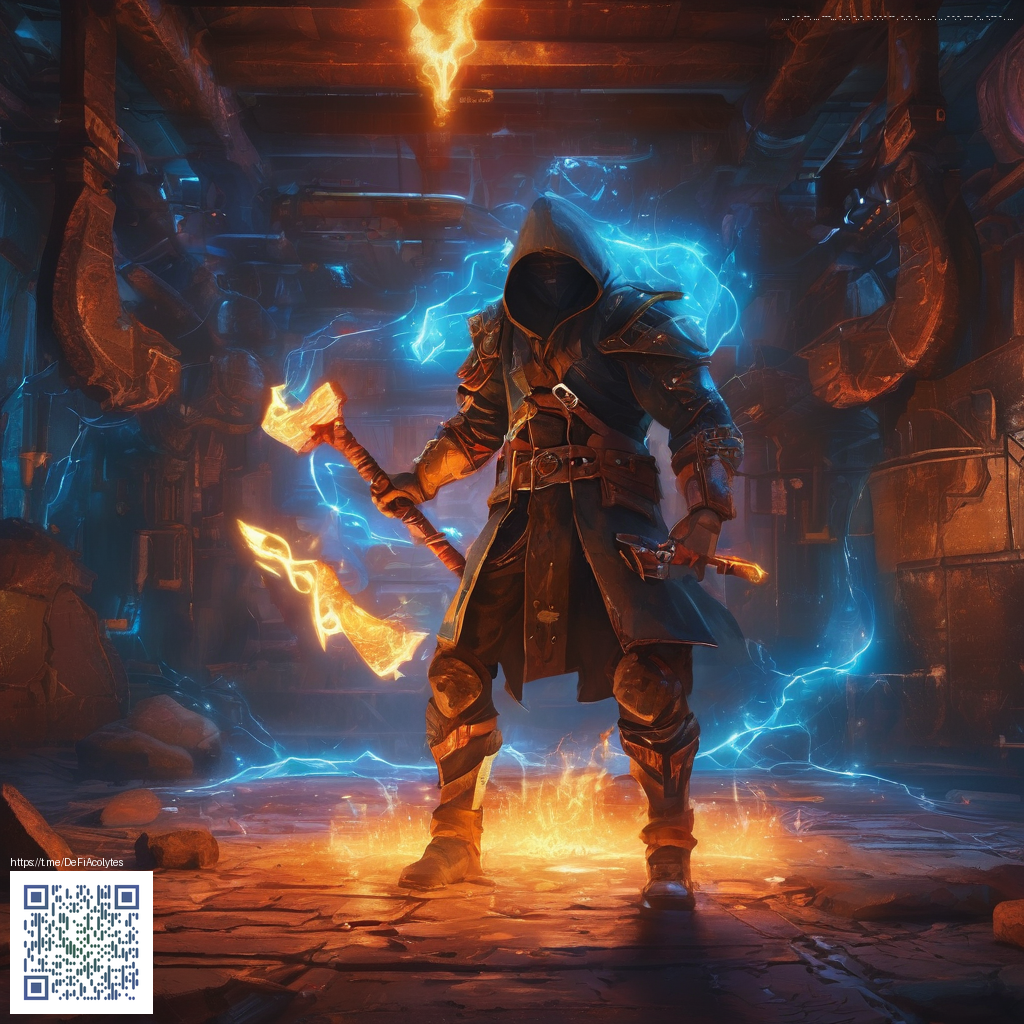
Digital Age Education: Innovative Ways to Learn Online
The shift to online learning isn’t just a change of venue; it’s a rethinking of how knowledge is designed, delivered, and experienced. In the digital age, educators blend pedagogy with technology to create learning that is more flexible, personalized, and connected than ever before. This article explores innovative approaches shaping online education today and how learners, instructors, and institutions can harness them for meaningful outcomes.
Personalized learning at scale
One of the most powerful benefits of online education is the ability to tailor instruction to each learner’s pace and prior knowledge. Adaptive platforms use data to craft learning paths, adjust difficulty, and surface gaps before they become obstacles. This isn’t about labeling students as “remedial” or “advanced”—it’s about meeting people where they are and guiding them forward.
- Diagnostics that map strengths and gaps help design targeted modules and practice sets.
- Spaced repetition and adaptive quizzes reinforce retention over time.
- AI-driven recommendations surface the most relevant activities, readings, and micro-credentials based on performance and goals.
Engagement beyond video lectures
Dialing up engagement means moving beyond passive watching. Modern online courses embrace active learning through interactive simulations, project-based tasks, and real-world applications that require learners to synthesize ideas and collaborate. This approach mirrors the way professionals solve problems in the wild and makes learning feel purposeful rather than optional.
- Interactive simulations and case studies place learners in authentic decision-making scenarios.
- Project-based tasks encourage collaboration, creativity, and accountability.
- Micro-credential tracks allow learners to showcase tangible competencies as they progress.
Social learning in a digital world
Learning is social by design. Digital environments facilitate mentorship, peer feedback, and communities of practice that extend beyond the classroom. Structured discussion prompts, peer reviews, and collaborative whiteboards help learners articulate ideas, challenge assumptions, and build professional networks.
“In online education, the right social structures turn information into knowledge and community into practice.”
Accessible design for inclusive education
Equity starts with accessible design. Universal Design for Learning (UDL) encourages multiple means of representation, engagement, and action/expression. Courses that prioritize captions, transcripts, keyboard navigation, and high-contrast visuals unlock learning for diverse audiences, including those with disabilities, intermittent internet access, or competing commitments.
Key accessibility practices
Beyond compliance, thoughtful design reduces friction and expands participation. Consider alternative formats, clear navigation, and flexible deadlines when possible. Regular reviews with diverse user testers help uncover barriers you might not anticipate.
Tools and modalities shaping the online classroom
The modern online classroom thrives on a mix of asynchronous and synchronous modalities, mobile-first design, and robust offline access. Cloud-based collaboration, integrated assessment, and real-time analytics empower instructors to monitor progress and intervene with timely support.
- Learning analytics dashboards that illuminate engagement patterns and learning outcomes.
- Open educational resources (OER) and modular content for customization and reuse.
- AI tutors and chat assistants that answer questions, provide hints, and guide practice without replacing human instruction.
Practical strategies for learners
Students who succeed online tend to adopt deliberate habits that align with the medium’s strengths. Start with a predictable routine, curate a distraction-free workspace, and build a personalized toolkit of practices that work for you.
- Set a dedicated learning schedule and protect focused blocks of time.
- Use retrieval practice—regularly recall information without looking at notes to strengthen memory.
- Practice active note-taking, summarization, and mind-mapping to consolidate understanding.
- Engage with peers through study groups, peer reviews, and collaborative projects.
- Seek timely feedback and reflect on what strategies moved your learning forward.
What institutions should consider
To scale high-quality online education, institutions must invest in interoperable platforms, data privacy, and instructor development. Clear guidelines for assessment integrity, accessibility, and student support create a trustworthy learning environment. Equally important is a culture that treats online learning as a dynamic, evolving practice—not a static transfer of lectures to the web.
“Technology is a tool for learning, not a substitute for thoughtful design and human mentorship.” – a reminder that the best online education blends smart systems with dedicated educators and engaged students.
Looking ahead: how to stay ahead in online learning
The digital age will continue to redefine education through better analytics, smarter algorithms, and more immersive experiences. Learners who embrace a growth mindset, instructors who experiment with new modalities, and institutions that listen to student voices will together shape an online ecosystem that is accessible, rigorous, and rewarding.